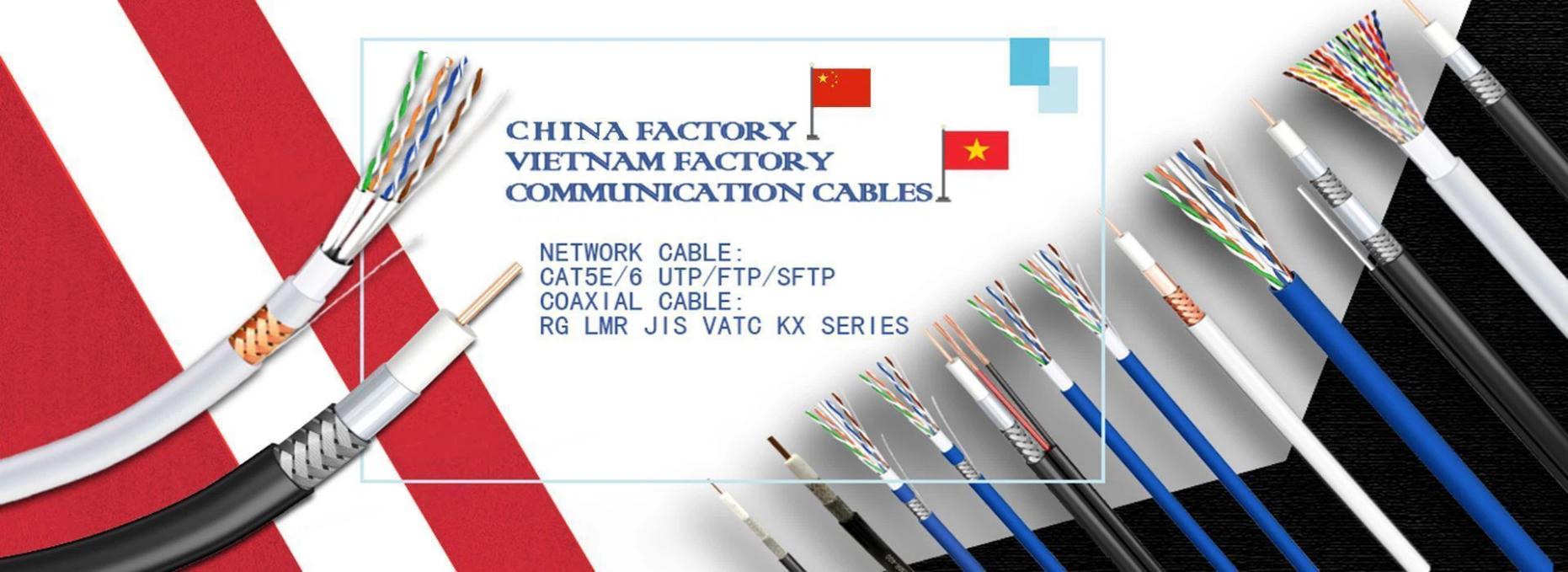Optical fiber technology is used in the field of downhole detection
In the past, the oil industry was only able to extract oil and gas reserves using existing technology, often failing to meet the need to invest in rapid recovery and maximize oil and gas recovery, resulting in an average oil recovery rate of around 35%. Suppliers of downhole systems predict that oil recovery can be improved by 50 to 60 percent by using smart well technology.
Prior to the development of sensors in the well, the only way to gather downhole information was through logging. While logging methods can provide valuable data, they are expensive to operate and can cause damage to the well. Therefore, better downhole technology is needed to improve unobtrusive flow monitoring and control.
Technologies that can work together to enhance oil recovery include:
· Electronic downhole sensors provide fixed-point temperature and pressure monitoring;
· Flow and moisture sensor;
· Downhole electro-hydraulic control flow control system;
· Based on real-time reservoir performance data;
· Optimized reservoir simulation;
· High temperature optical fiber downhole sensor;
· Electronic and optical fiber wellhead wet connection system.
Over the past few years, sensor technology has increasingly shifted from other industries to offshore and underground, particularly fiber-optic sensor technology, which has greatly improved the reliability of high-temperature systems. Recently, large downhole equipment suppliers have often partnered with or acquired companies specializing in optical fiber detection technology, demonstrating the potential of this technology.
Fiber optic sensor family includes 3 mature core technologies and 1 technology to be developed:
· Distributed temperature detection (DTS). The technology uses a length of optical fiber to monitor temperature changes at different locations. Temperature resolution 0.1oC, position resolution 1m (optical fiber length is greater than 10000m).
· Optical fiber can also be read directly as a mechanical point source sensor. In its simplest form, it might just be an empty cavity. The length of the cavity varies with the external pressure. The intensity of the light signal incident on the cavity decreases with the increase of the length of the cavity. Fiber optic transmission devices allow multiple sensors to be combined on a single optical fiber to measure different physical variables.
· Chemical testing. The development and industrial use of specialist optical fibers, which are more sensitive to the presence and abundance of chemicals, is growing. The technology isn't very advanced yet, but it has a lot of potential.
